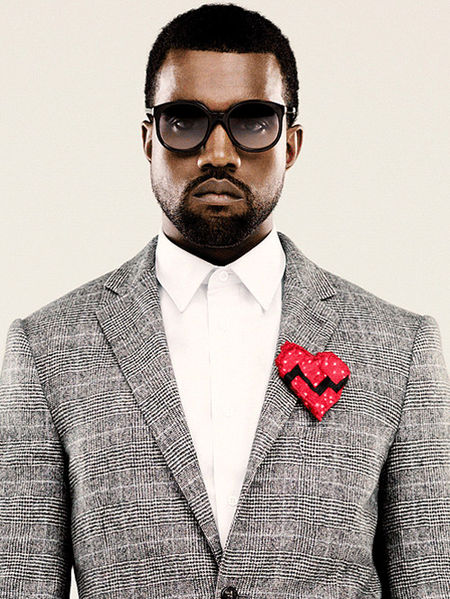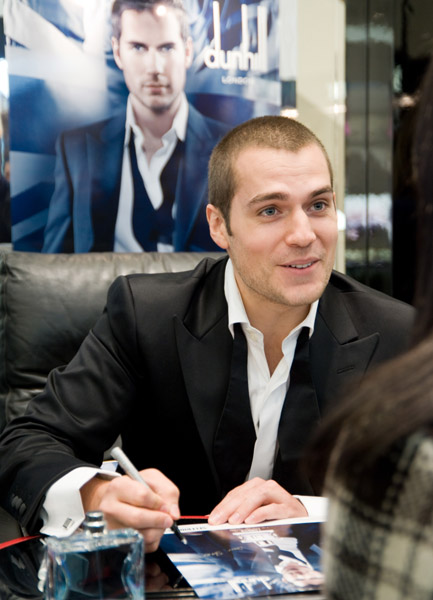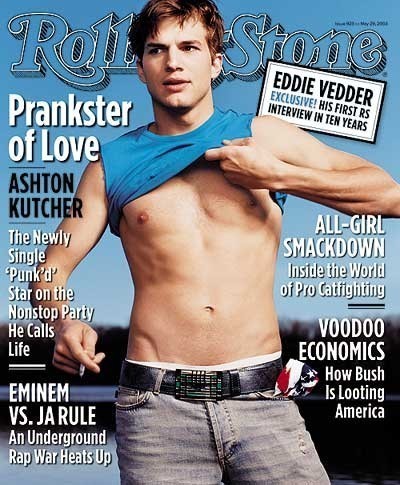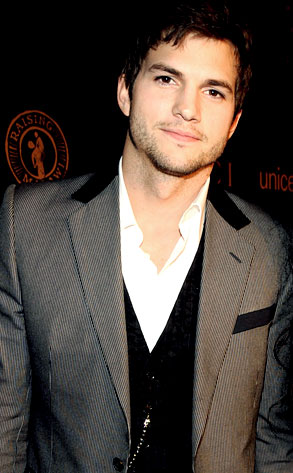West released his debut album The College Dropout in 2004, his second album Late Registration in 2005, his third album Graduation in 2007, his fourth album 808s & Heartbreak in 2008, and his fifth album My Beautiful Dark Twisted Fantasy in 2010. His five albums, all of which have gone platinum, have received numerous awards, including a cumulative fourteen Grammys, and critical acclaim. All have been very commercially successful, with My Beautiful Dark Twisted Fantasy becoming his fourth consecutive #1 album in the U.S. upon release.West also runs his own record label GOOD Music, home to artists such as John Legend, Common and Kid Cudi.West's mascot and trademark is "Dropout Bear," a teddy bear which has appeared on the covers of three of his five albums as well as various single covers and musicvideos.About.com ranked Kanye West #8 on their "Top 50 Hip-Hop Producers" list.On May 16, 2008, Kanye West was crowned by MTV as the year's #1 "Hottest MC in the Game." 17 December 2010, Kanye West was voted as the MTV Man of the Year by MTV.
Contents
* 1 Early life
* 2 Music career
o 2.1 Early career (1996–2003)
o 2.2 The College Dropout (2004)
o 2.3 Late Registration (2005)
o 2.4 Graduation (2007)
o 2.5 Glow in the Dark Tour, 808s & Heartbreak (2008–09)
o 2.6 My Beautiful Dark Twisted Fantasy, Watch the Throne (2010–present)
* 3 Personal life
o 3.1 Relationships
o 3.2 Mother's death
* 4 Musical style and influences
* 5 Other ventures
o 5.1 Business ventures
o 5.2 Philanthropy
* 6 Controversies
o 6.1 Media
+ 6.1.1 Award shows
o 6.2 Legal issues
* 7 Discography
* 8 Awards and nominations
* 9 References
* 10 External links
Early life
Kanye West was born in Atlanta, Georgia, where he lived with his parents. When he was three years old, his parents divorced, and he and his mother moved to Chicago, Illinois. father was Ray West, a former Black Panther who was one of the first black photojournalists at the Atlanta Journal-Constitution, and is now a Christian counselor. West's mother, Dr. Donda West, was a Professor of English at Clark Atlanta University, and the Chair of the English Department at Chicago State University before retiring to serve as West's manager. He was raised in a middle-class background, attending Polaris High School in suburban Oak Lawn, Illinois after living in Chicago. asked about his grades in high school, West replied, "I got A's and B's. And I'm not even frontin'".
West attended art classes at the American Academy of Art in Chicago, and also enrolled at Chicago State University, but dropped out to focus on his music career. While attending school, West produced for local artists. He later gained fame by producing hit singles for major hip hop/R&B artists, including Jay-Z, Talib Kweli, Cam'ron, Paul Wall, Common, Mobb Deep, Jermaine Dupri, Scarface, The Game, Alicia Keys, Janet Jackson, John Legend among others. He also "ghost-produced" for his mentor Deric Angelettie, according to his song "Last Call" and the credits of Nas' "Poppa Was a Playa".
Music career
Early career (1996–2003)
Kanye West's first career productions came on Chicago rapper Grav's 1996 debut album Down to Earth. West produced eight tracks on the album. While the album did not attract much attention and would be the only album released by Grav, West would soon be producing for higher profile artists. In 1998-1999 he produced for well known artists such as Jermaine Dupri, Foxy Brown, Goodie Mob, and the group Harlem World.
West got his big break in the year 2000 however when he began to produce for artists on Roc-a-Fella Records. He produced the well received Jay-Z song "This Can't Be Life" off of the album The Dynasty: Roc La Familia. West would later state that to create the beat for "This Can't Be Life" he sped up the drum beat from Dr. Dre's song "Xxplosive".
After producing for Jay-Z earlier, West’s sound was featured heavily on Jay-Z's critically acclaimed album The Blueprint, released on September 11, 2001. His work was featured on the lead single "Izzo (H.O.V.A.)," "Heart of the City (Ain't No Love)" and a diss track against Nas and Mobb Deep named "Takeover"; West has worked with Mobb Deep and Nas since the track's release
 kanye west
kanye west kanye west
kanye west kanye west
kanye west kanye west
kanye west kanye west
kanye west kanye west
kanye west kanye west
kanye west kanye west
kanye west kanye west
kanye west kanye west
kanye west

















































